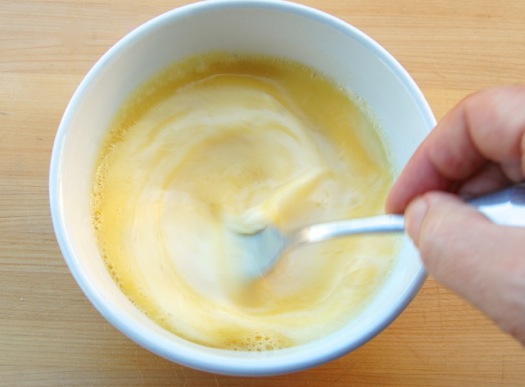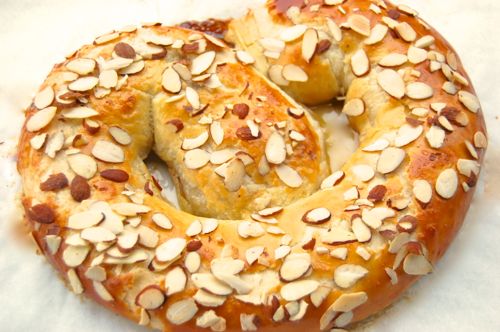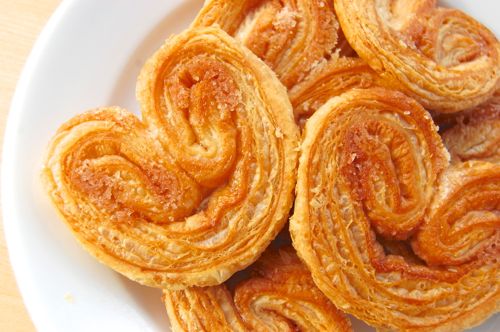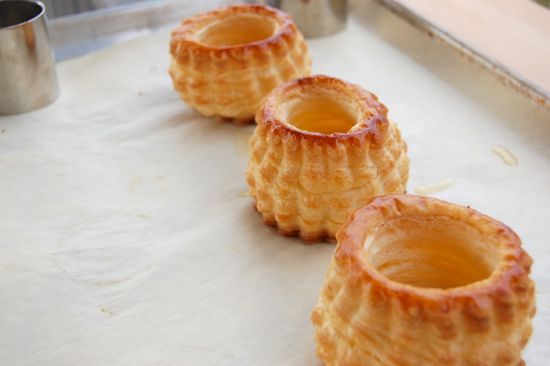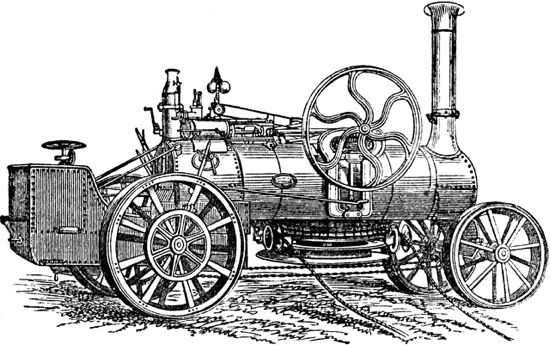Laminated pastry makers get hung up on numbers: 243, 729, 2187…the big multiples of three that you get when you fold a three-layer dough-butter-dough packet many times (2187 is the result of six letter-style tri-folds or “turns”). All those layers are what give laminated doughs their texture. Generally speaking the more layers you have in the dough the lighter, flakier and crunchier the finished product will be. Puff pastry has the most layers: 729 (5 turns) or 2187 (6 turns), croissant dough usually has the least: 81 (3 turns) or 108 (2 tri-fold turns plus one 4-ply “book” turn).
Kringle dough generally doesn’t appear in most laminated dough taxonomies since it’s the product of a mere two letter-style turns, which gives it only 27 layers. When the dough is baked up you scarcely know it’s laminated at all. The texture of the crumb is somewhere between a croissant and an enriched yeast dough (like brioche). This is what makes it unique, and also rather sneaky. You might call it semi-laminated.
READ ON
